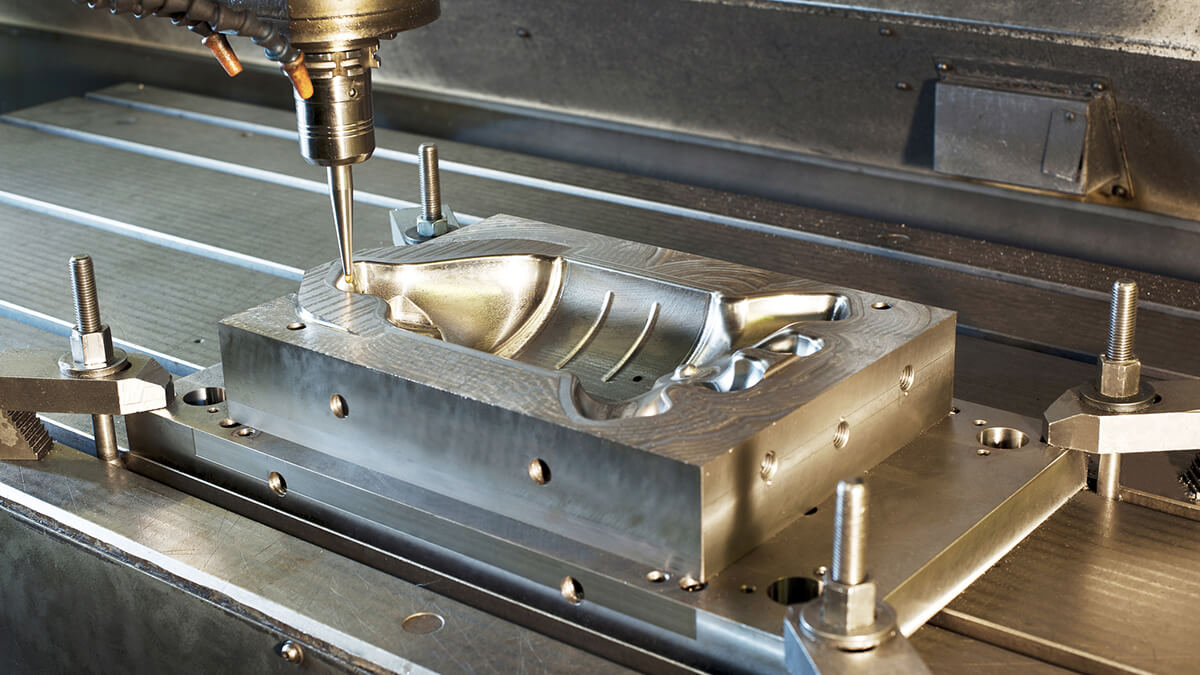Aluminum, one of the most abundant elements on Earth, has come a long way from its discovery in the 18th century to its modern-day applications. It’s a versatile metal that finds its way into countless industries, from aerospace to construction. One fascinating aspect of aluminum’s journey is its transformation from raw ore to refined art through the process of A356 Aluminum Casting. In this blog, we will take a deep dive into the world of aluminum casting, exploring its history, techniques, and the artistic possibilities it offers.
The History of Aluminum
Before we delve into the casting process, it’s essential to understand the history of aluminum. Discovered by Sir Humphry Davy in the early 19th century, aluminum was initially considered a precious metal due to the difficulty of its extraction. It wasn’t until the late 19th century that advancements in metallurgy and technology made aluminum more accessible and affordable. This breakthrough opened up a world of possibilities for this lightweight, corrosion-resistant metal.
The Basics of Aluminum Casting
Aluminum casting is a manufacturing process that involves pouring molten aluminum into a mold to create a specific shape or design. This method is incredibly versatile and is used in various industries, including automotive, aerospace, art, and more. The process typically follows these basic steps:
- Pattern Creation: The first step is to create a pattern of the desired object. This pattern is often made from materials like wood, metal, or plastic and serves as a template for the final product.
- Mold Making: The pattern is then used to create a mold. Molds can be made from various materials, including sand, plaster, or steel. The choice of material depends on factors like the complexity of the design and the intended use of the casted aluminum.
- Melting and Pouring: Aluminum is melted in a furnace at high temperatures, usually exceeding 1,000 degrees Celsius. Once the metal reaches the desired consistency, it is poured into the mold.
- Cooling and Solidification: After pouring, the molten aluminum begins to cool and solidify inside the mold. This process can take various times depending on the thickness and intricacy of the cast.
- Removal and Finishing: Once the aluminum has fully solidified, the casting is removed from the mold. It may require additional finishing processes like machining, grinding, or polishing to achieve the desired final appearance.
The Artistic Potential of Aluminum Casting
While aluminum casting is widely used in industrial applications, it also has a significant role in the world of art and design. Artists and craftsmen have recognized the unique qualities of aluminum, such as its lightness, malleability, and ability to capture intricate details. Here are some ways in which aluminum casting is used to create stunning works of art:
- Sculptures: Aluminum casting allows artists to bring their sculptural visions to life. The metal’s lightweight nature makes it an ideal choice for large-scale sculptures that require intricate details.
- Jewelry: Artisans often use aluminum casting to create intricate and unique pieces of jewelry. The metal’s ability to capture fine details makes it perfect for crafting delicate and ornate designs.
- Functional Art: Beyond traditional art forms, aluminum casting is also used to create functional art pieces like furniture and lighting fixtures. These pieces blend form and function, showcasing the versatility of the material.
- Architectural Details: Aluminum casting is used in architectural design to create decorative elements such as ornate facades, railings, and gates. These elements add character and uniqueness to buildings and structures.
Environmental Considerations
As we celebrate the versatility and beauty of aluminum casting, it’s important to acknowledge the environmental aspects of this process. While aluminum is a highly recyclable material, the energy-intensive nature of smelting and casting aluminum can have a significant carbon footprint. However, advancements in technology and a growing awareness of environmental concerns are driving the industry to adopt more sustainable practices, such as using renewable energy sources and improving recycling rates.
In conclusion, aluminum casting is a remarkable journey from raw ore to refined art. It has played a pivotal role in industries ranging from transportation to artistic expression. As technology continues to advance, and environmental considerations become more critical, aluminum casting will likely evolve, offering even greater artistic and industrial possibilities while minimizing its impact on the planet. Whether it’s shaping aerospace components or sculpting the next masterpiece, aluminum casting remains a fascinating and enduring craft.
